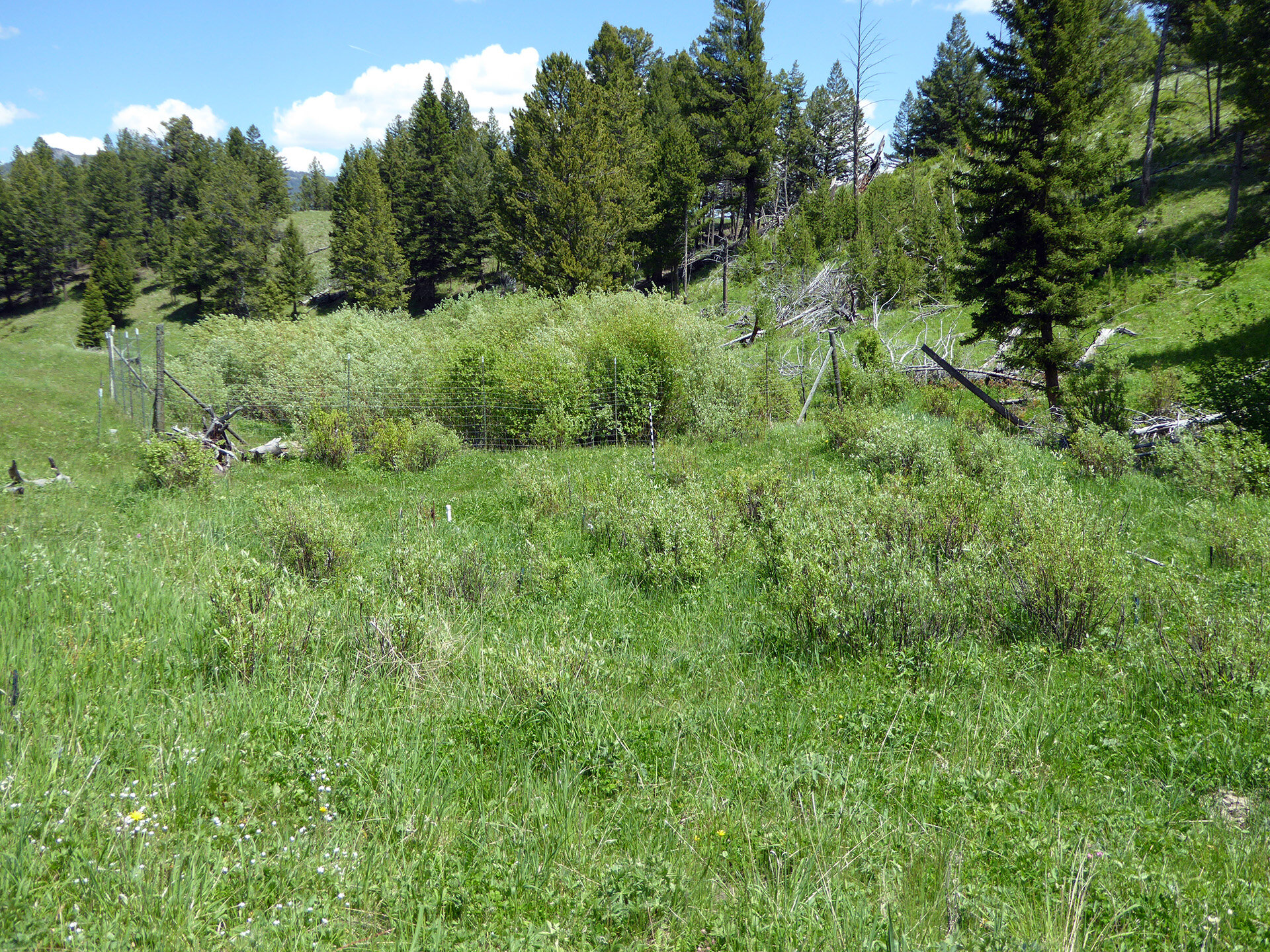A 20-year experiment conducted by Colorado State University researchers in Yellowstone National Park found that restoring apex predators like wolves was not a quick fix for ecosystems degraded by their absence. While wolf reintroduction lowered elk populations, willows and aspens did not recover as strongly as expected even after carnivore numbers rebounded naturally. Constructing fences and dams showed the importance of reducing browsing and increasing water access independently. The study challenges the idea that easily reversing food webs can undo lasting ecological changes.
It makes sense. There’s several different equilibria that any ecological niche could move towards. Getting rid of apex predators tipped this one past an inflection point. Without willows and alders, beavers don’t have enough food, so the streams cut deep enough that the floodplains shrunk considerably, so beavers still end up with less food even without browsing competition. Alders and willows will likely start choking up the streams and causing the floodplains the grow, and eventually recover, but not as quickly as if all those beaver dams were still there.
You need apex predators and keystone species. I wonder how much area you’d have to fence off to keep enough forage for beavers, because that might be enough to cause a cascade of restoration



